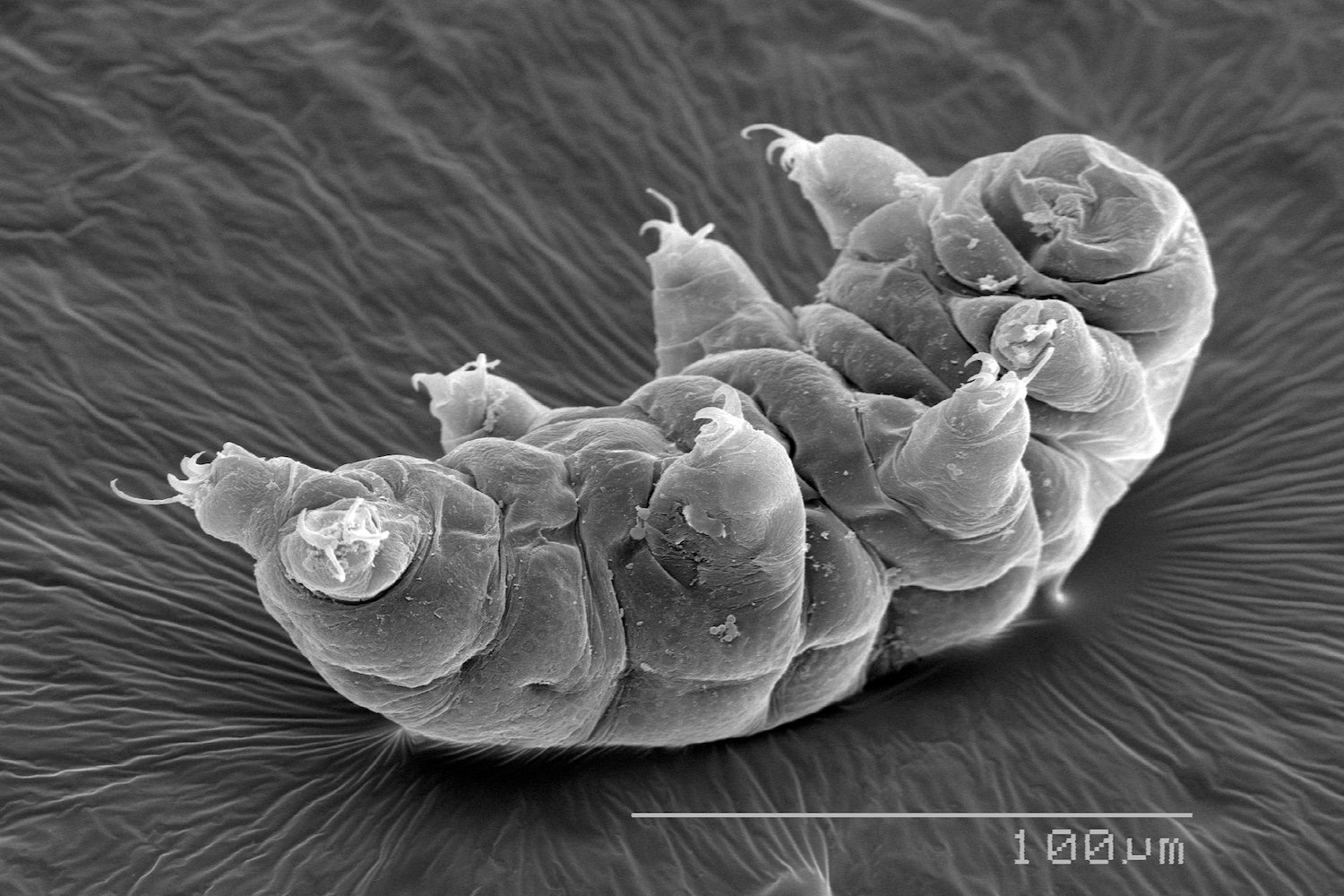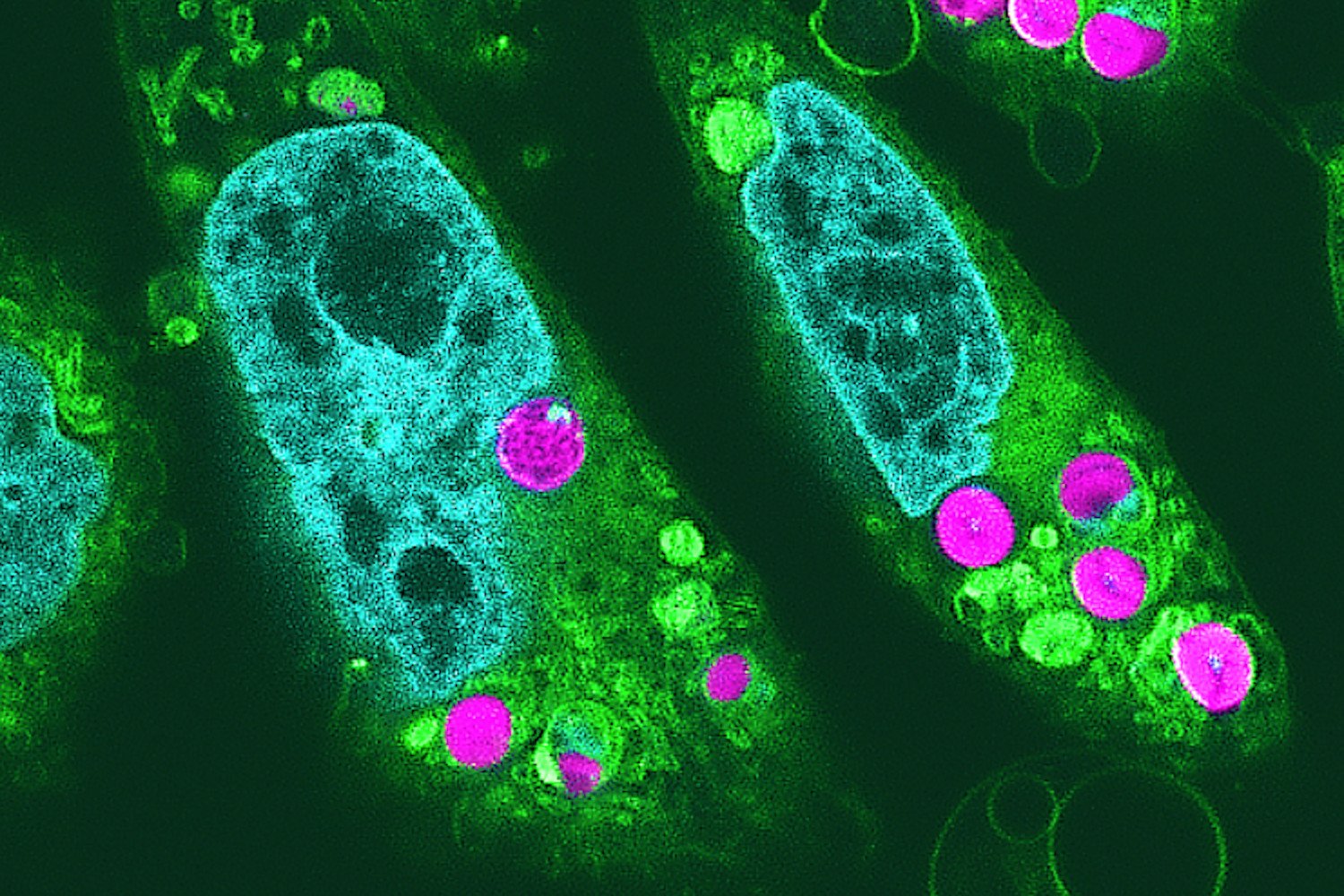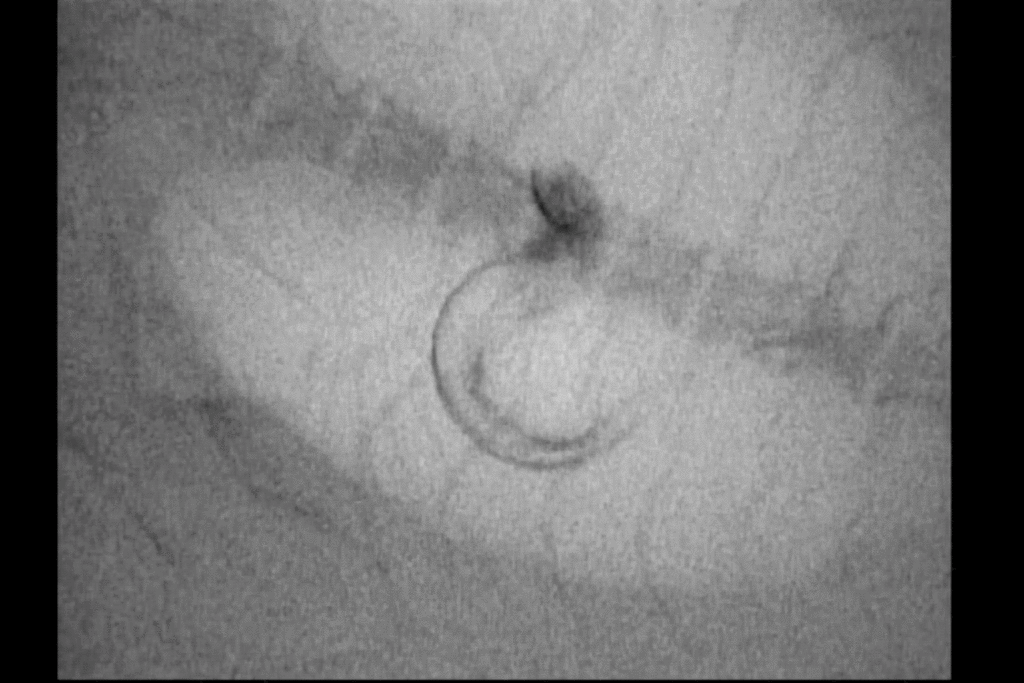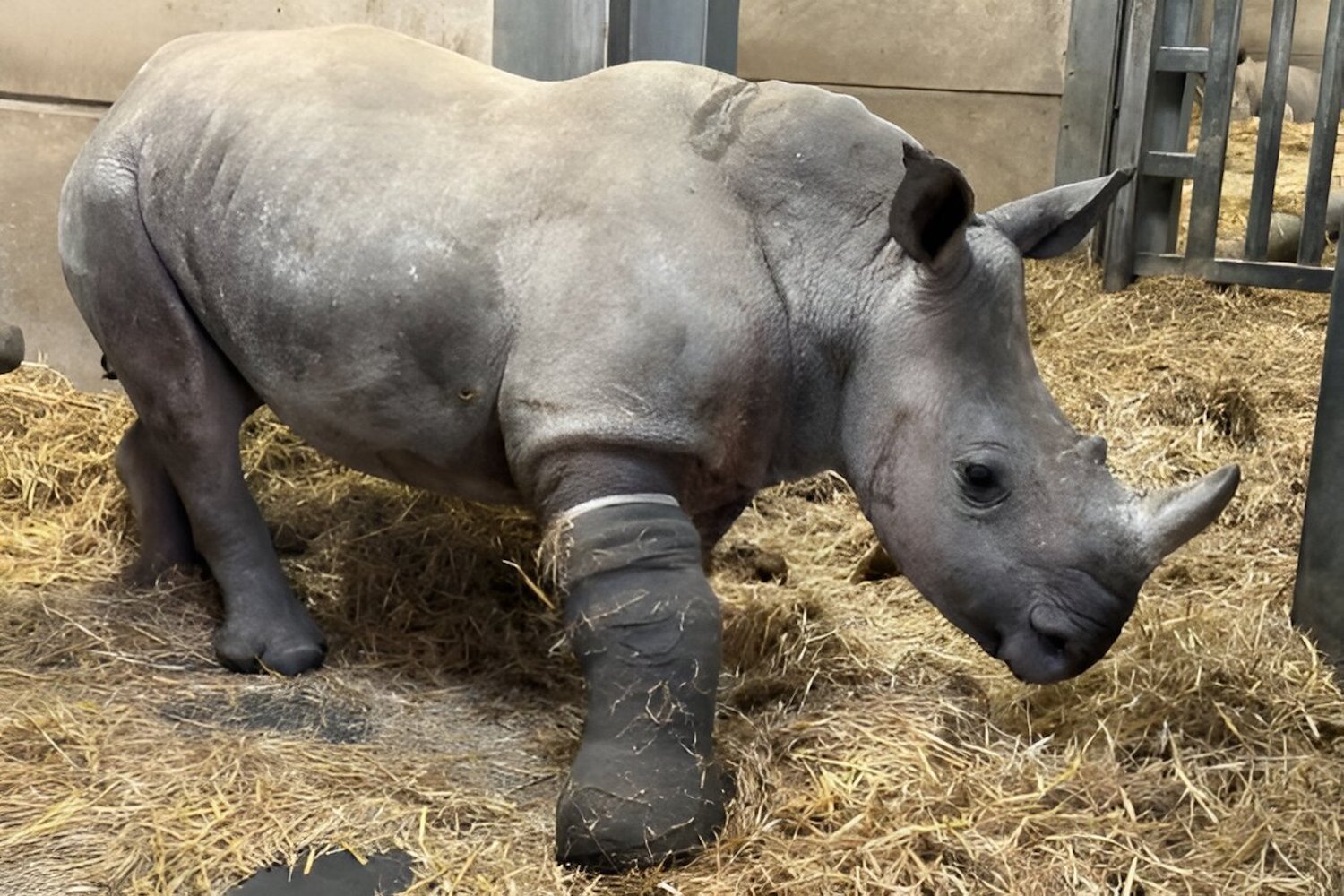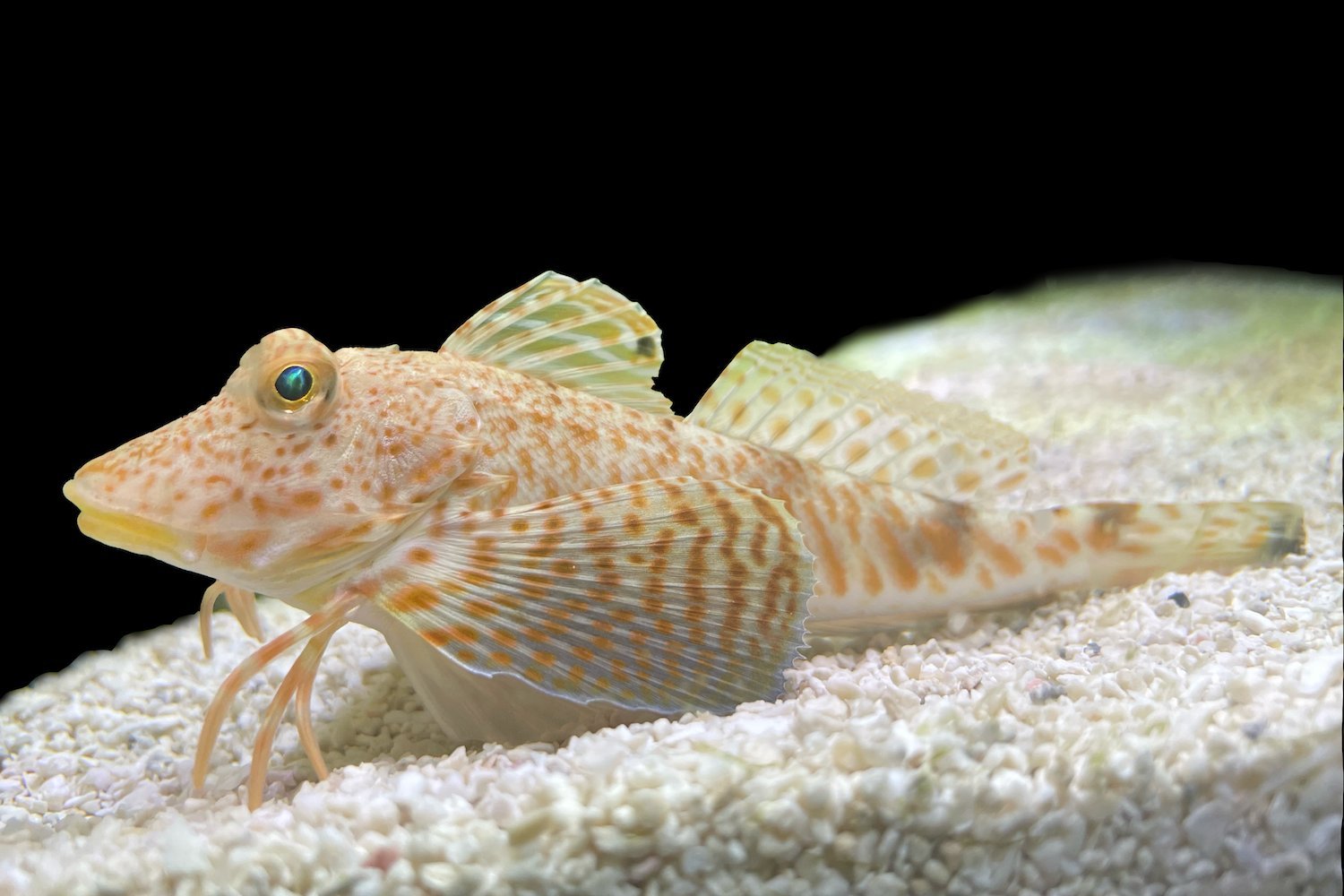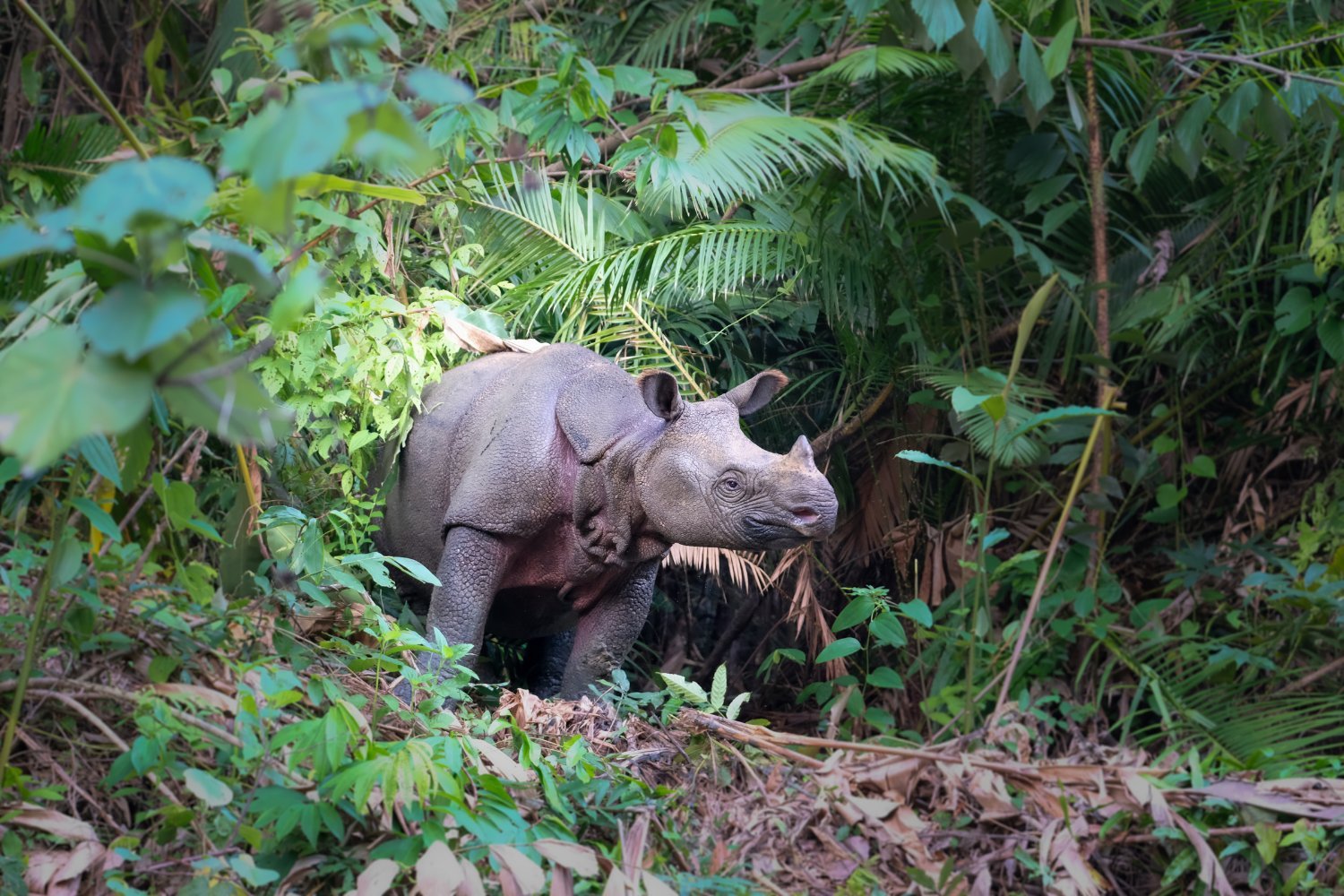Tardigrades, microscopic creatures often referred to as water bears, are renowned for their extraordinary resilience. These eight-legged animals can survive extreme environments, including exposure to radiation levels thousands of times higher than what humans can tolerate. A newly discovered tardigrade species, Hypsibius henanensis, is shedding light on the molecular mechanisms behind this remarkable ability, potentially paving the way for protecting astronauts during long-duration spaceflights.
Tardigrades comprise approximately 1,500 known species, yet the precise mechanisms by which they shield themselves from radiation remain largely unexplored. This new research focuses on H. henanensis to unravel the secrets of their radiation resistance. The findings could lead to innovative strategies for mitigating the harmful effects of radiation on humans in space, facilitating extended space exploration.
Extremophiles like tardigrades possess a wealth of untapped molecular mechanisms for stress resistance,” explains Lei Li, lead author of the study and researcher at the Chinese Academy of Science. “Investigating these radiotolerance mechanisms will deepen our understanding of cellular survival under extreme conditions.”
Published in Science, the study involved sequencing the genome of H. henanensis, a species discovered in China’s Henan province about six years ago. Researchers observed that when exposed to radiation, this tardigrade species activates a complex defense system. This system not only protects its DNA from damage but also repairs any breaks that occur.
Tardigrades are perhaps most famous for their ability to enter a state of cryptobiosis, a death-like dormancy. They retract their limbs, curl into a ball, and drastically reduce their internal water content. This dehydrated state, along with other protective measures, allows them to endure extreme conditions like freezing temperatures, intense radiation, and even the vacuum of space for decades or potentially longer.
H. henanensis possesses 14,701 genes, with 30% unique to tardigrades. Experiments exposing the water bears to radiation doses of 200 and 2,000 grays revealed the activation of 2,801 genes involved in DNA repair, cell division, and immune responses. One key gene, TRID1, recruits a protein called 53BP1 to damaged DNA sites, facilitating the repair of double-strand breaks.
The study also identified other genes contributing to the tardigrade’s resilience. DODA1 produces antioxidant pigments, typically found in bacteria, plants, and fungi, which neutralize reactive chemicals generated by radiation exposure. Another gene, BCS1, protects the tardigrade’s cells from mitochondrial damage.
Tardigrades inhabit diverse environments across the globe, from the deep ocean to mountaintops,” notes Thomas Boothby, assistant professor at the University of Wyoming’s Department of Molecular Biology. “Their remarkable stress tolerance likely contributes to their widespread distribution.”
Boothby, who was not involved in the current study, sent tardigrades to the International Space Station in 2021 to investigate their survival mechanisms in the harsh conditions of space. Understanding how tardigrades survive in space is crucial for developing therapies and countermeasures for the stresses experienced by humans during prolonged spaceflight,” Boothby explains. “This is essential for ensuring safe and productive human presence in space and expanding our space economy.”
Tardigrades have long captivated scientists, particularly in the context of space travel. By deciphering how these tiny creatures endure the stresses of microgravity and elevated radiation levels, researchers aim to develop strategies for protecting astronauts during extended space missions.
“Gaining a deeper understanding of tardigrades’ unique stress-coping mechanisms, including radiation resistance, will inform our efforts to safeguard humans during deep space or long-term manned space missions,” Boothby concludes. This research offers promising avenues for enhancing human resilience in the face of the challenges posed by space exploration.



